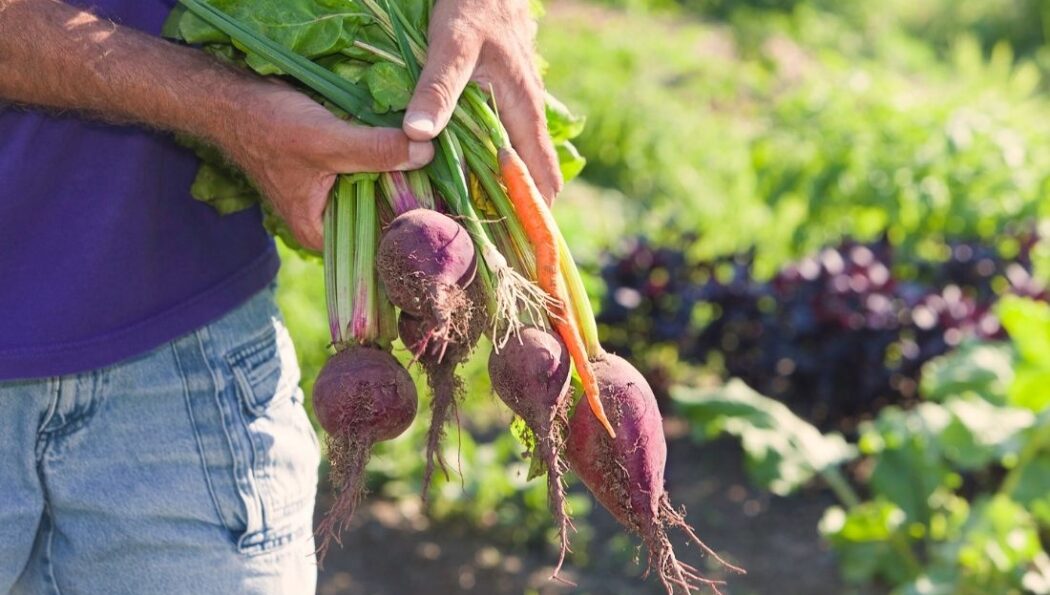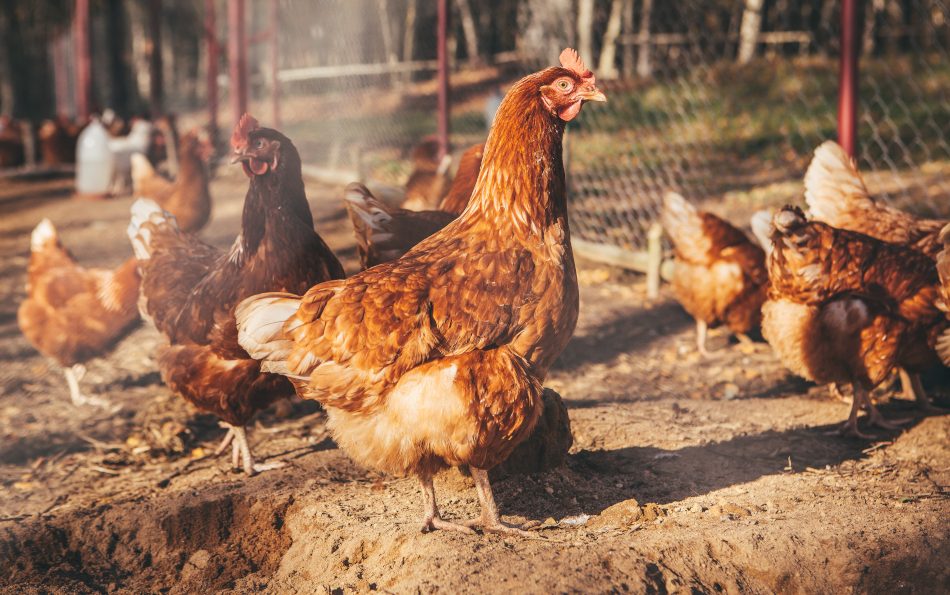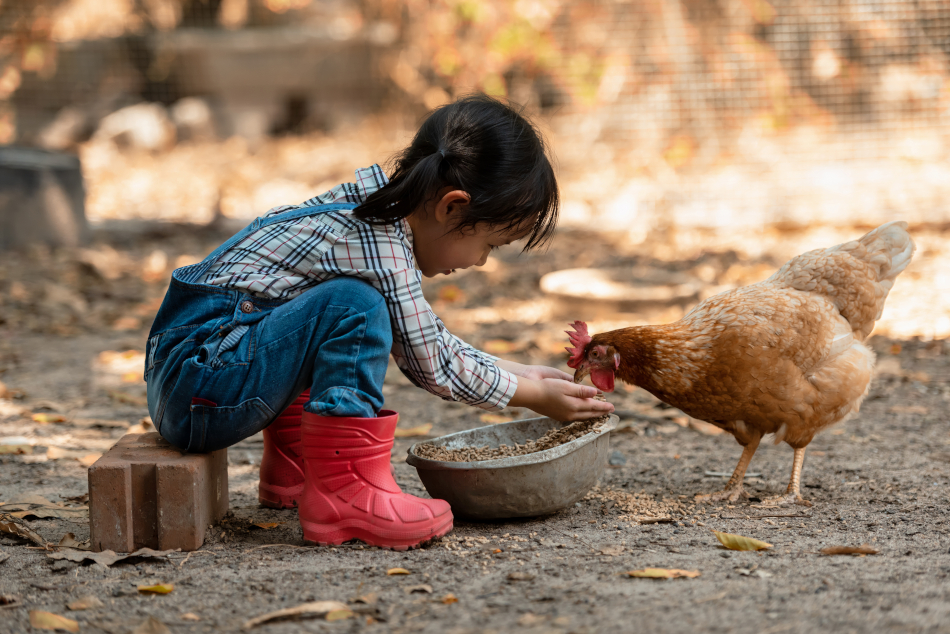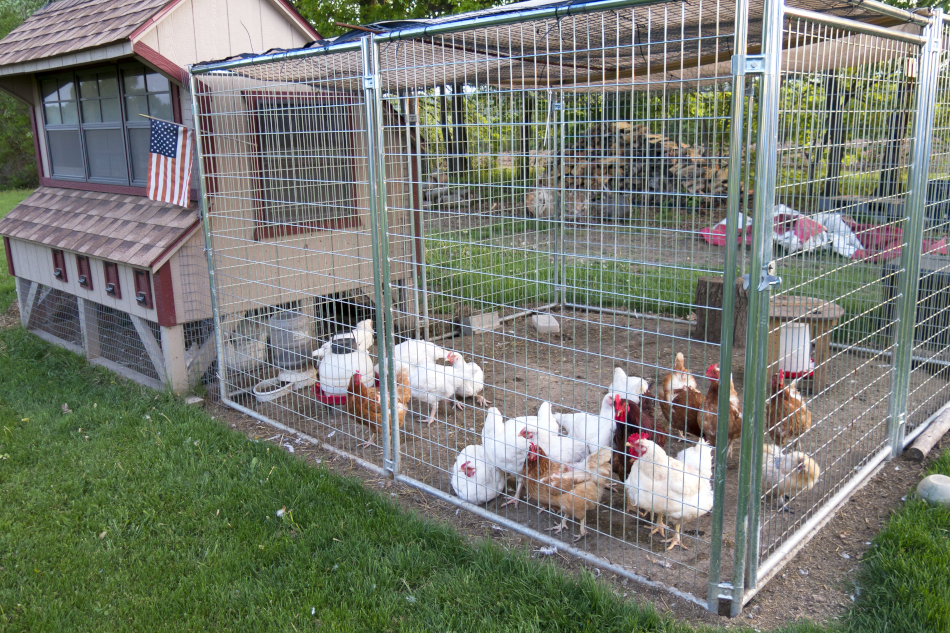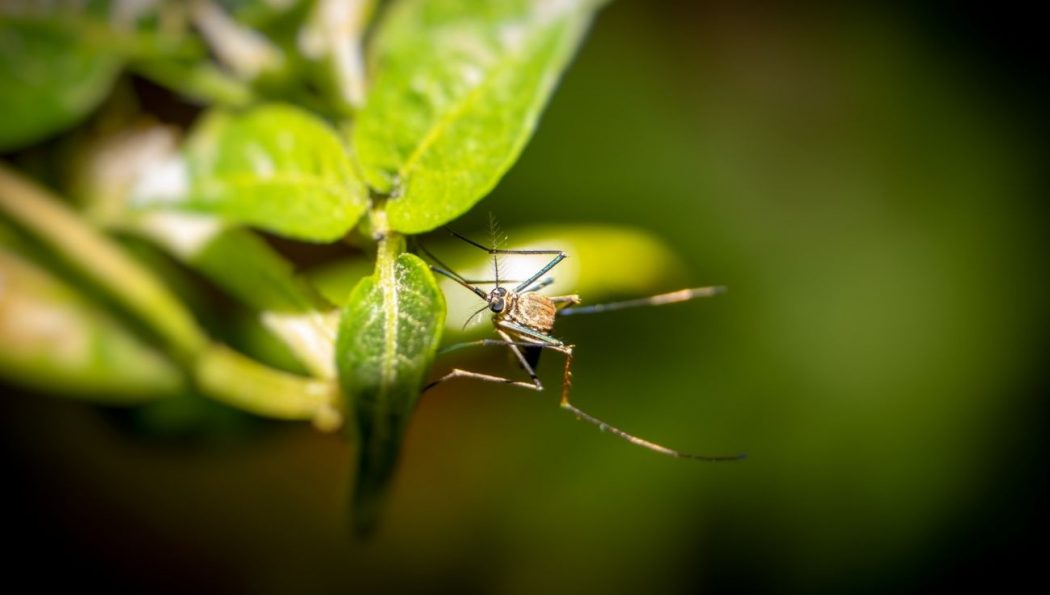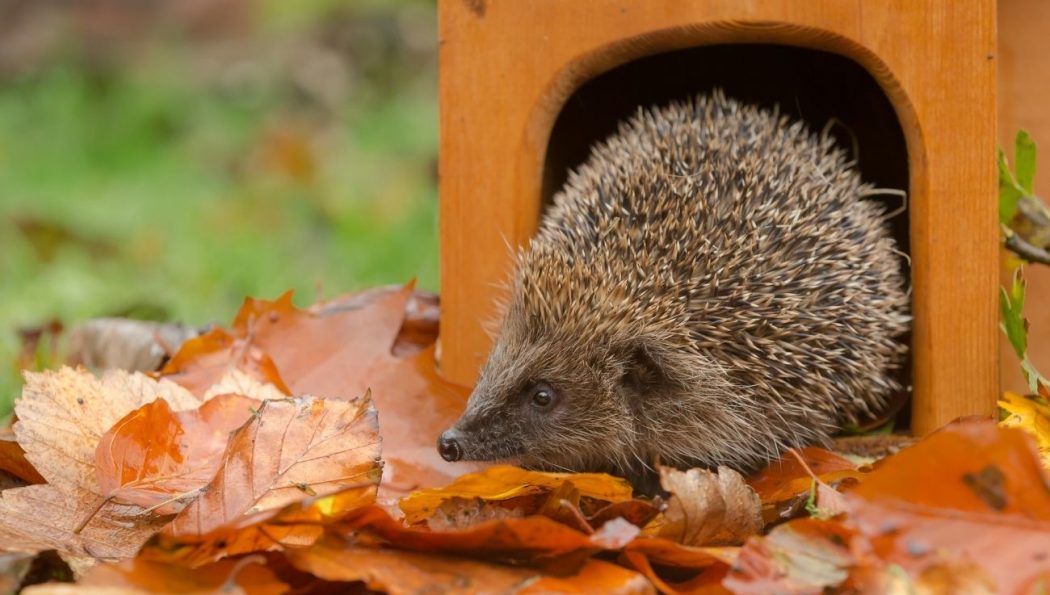8 Plants You Can Cultivate and Harvest in a Month
There’s this lovely feeling that comes with seeing your garden already blooming. However, let’s face reality. Waiting a long time for your garden to produce can be quite discouraging.
The good news is you can start your gardening experience with some of these fast-growing seeds to fill your empty plant beds.
Is Gardening Worth the Stress?
Owning and tending to a garden can be frustrating. It’s tough to live in an urban area and know you can get these vegetables and flowering plants from the nearest grocery store.
Well, don’t give up yet. Did you know you can cultivate several fast-growing seeds and see results in 30 days? Yes, there are!
So maybe you’ve had to wait for a long time before your garden produces because you’ve been cultivating the wrong plants.
Having a steady supply of produce almost all year round is excellent, especially when you plant seeds that can be grown quickly.
Here are eight plants you can cultivate and harvest in a month.
Radishes
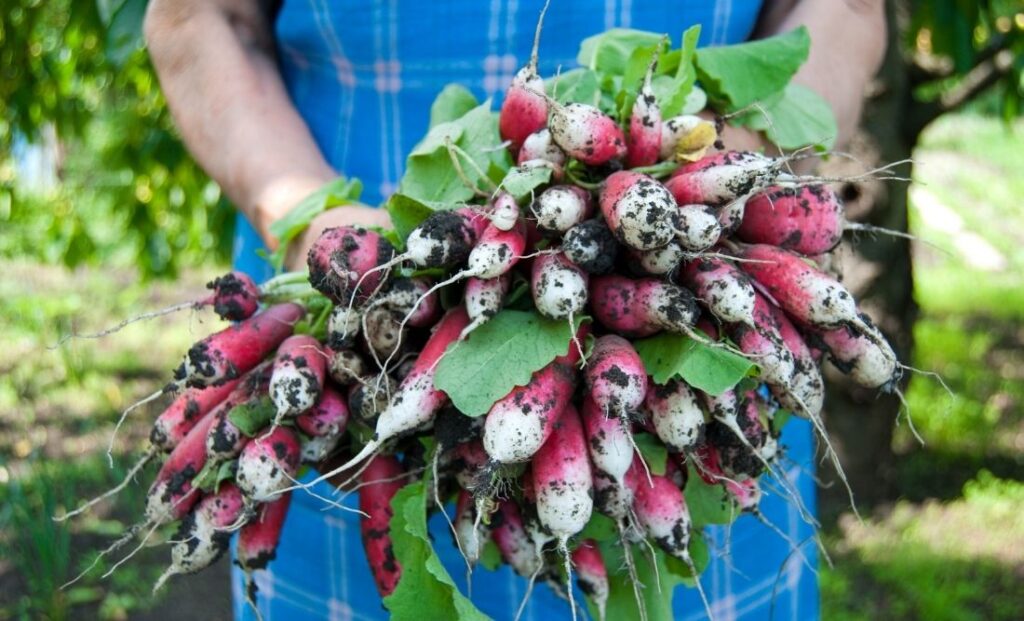
Looking for a plant that starts showing green shoots less than a week after they’ve been planted? Well, you’ve got the radish!
You can choose to cultivate the Heirloom radish for a variety in flavor and colour. They are a great option for short-term produce because they are a fast-growing crop. If planted every week, you’ve got a steady supply of radishes all year.
Lettuce
Everyone knows lettuces are the most common vegetables to plant if you start harvesting in less than two months. If you want a vegetable that can start producing in 30 days or less, you should consider planting lettuce. They grow super-fast and can continue to produce almost all year long.
Sunflowers
Sunflowers are among the most beautiful flowers ever, and seeing a garden of them can be breathtaking.
Luckily, they are one of the fastest flowery plants to grow. All they need is loose soil coupled with adequate sunlight, and in a month, you’ve got yourself a beautiful view of sunflowers scattered around your garden.
Spinach
Spinach is another fast-growing plant that grows almost as soon as it is planted. They are a special staple great for spicing up your meals and salad. Fortunately, this vegetable can be harvested within 30 days after cultivation, so you’ve got yourself a supply of this useful green to spice up your casserole, stew, salads, and other meals.
However, you must use the right water for this plant, as spinach can easily wither and die off if it doesn’t get adequate water.
Marigolds
Something about Marigolds puts you in a cheerful mood, and having a garden filled with these bright beauties is worth it. If you’re looking for a plant that will sprout easily within a month of cultivating, then get yourself some marigold seeds. The sad news is, Marigolds tend to wither and die during the cold season.
Arugula
Arugula is a popular peppery green used in salads, so there is usually a great rush. If you own a garden, you can have your supply of Arugula as they are very easy to grow. When cultivated, you can start harvesting your Arugula as early as 20 – 25days after planting.
Cucumber
Cucumbers are a great choice of vegetables to plant in your garden for quick production. It takes less space when planted, and its growth is so fast that you can start harvesting your blooming cucumbers 30 days after planting. For an extremely quick harvest, you can either plant the Northern Pickler or Picklebush variety of cucumber.
Petunias
If you ever need a flowering plant that would add the perfect blast of bright colours to your garden, then consider getting some petunia seeds. They grow fast and can withstand almost any weather condition. Aside from that, they also add a sweet scent to your garden and make your garden a paradise of colours.
Anxious to see your garden in full bloom all summer? Then these plants are some of the best choices for you if you want to have that perfect garden variety and get instant satisfaction for your planting efforts.

